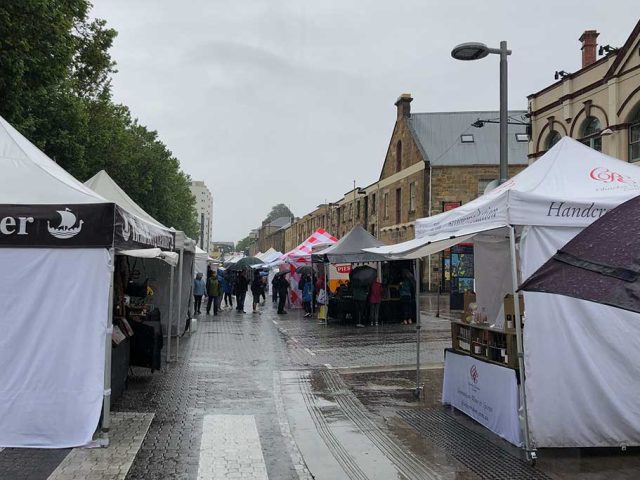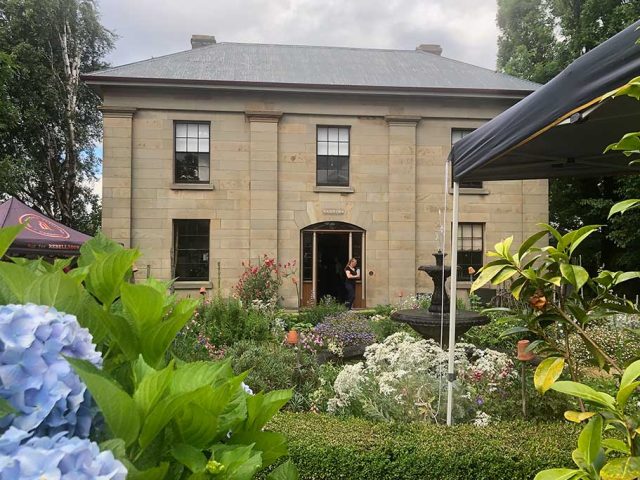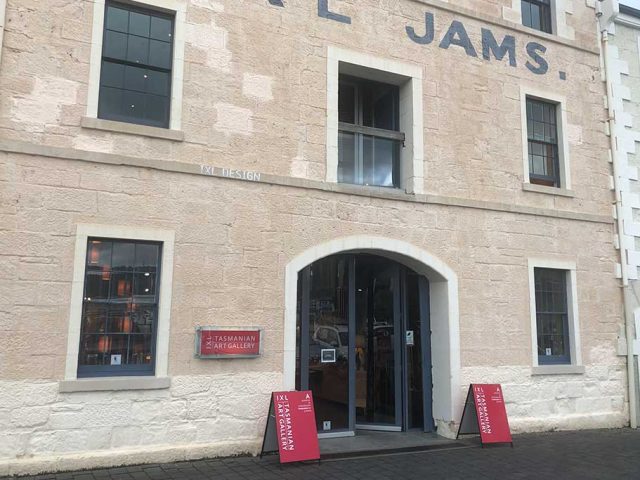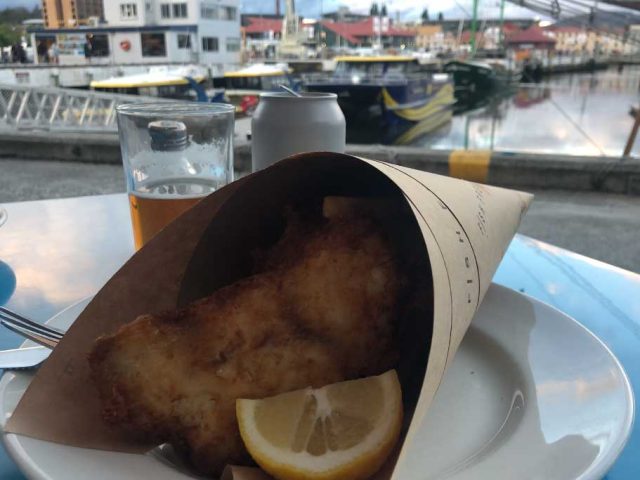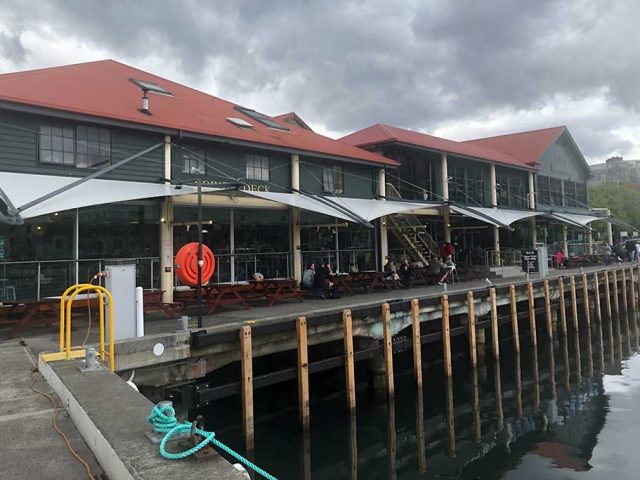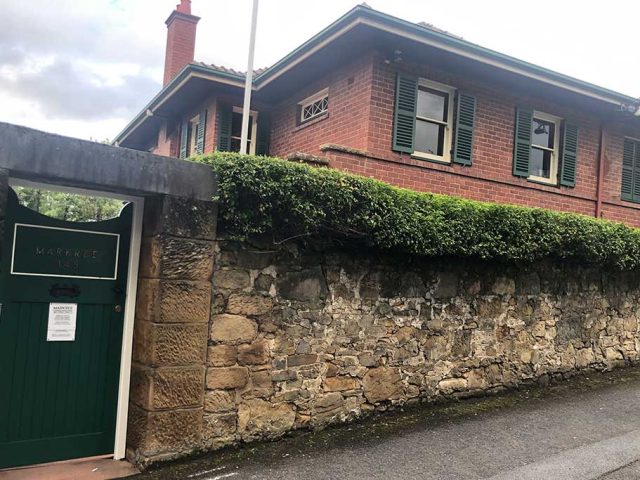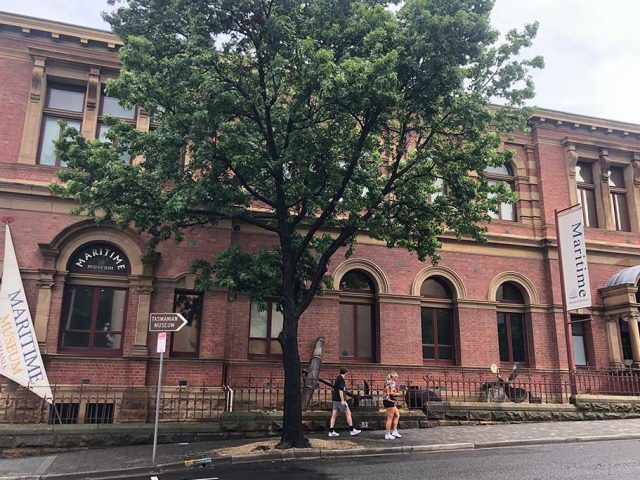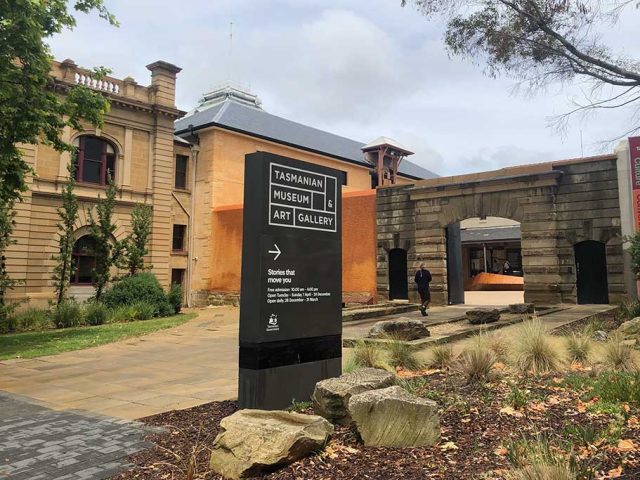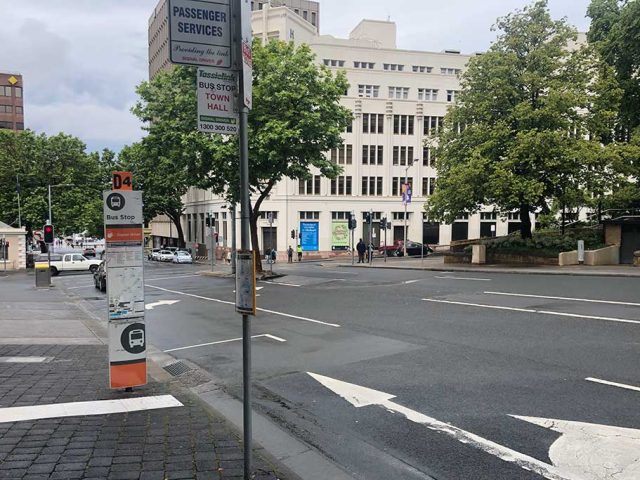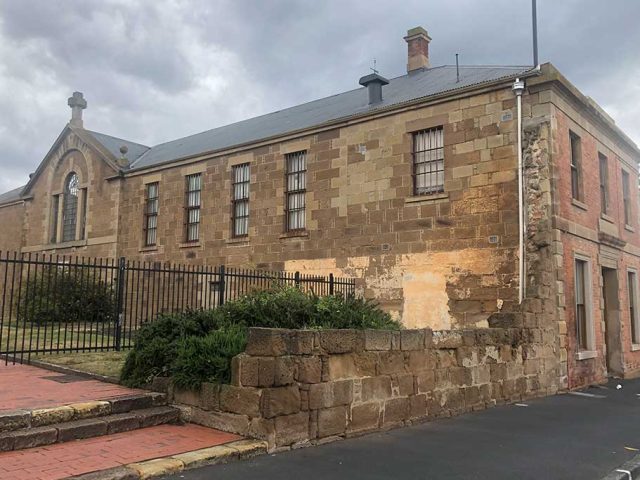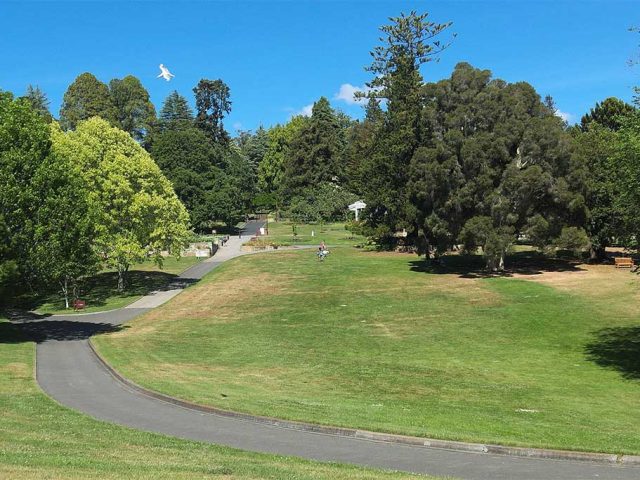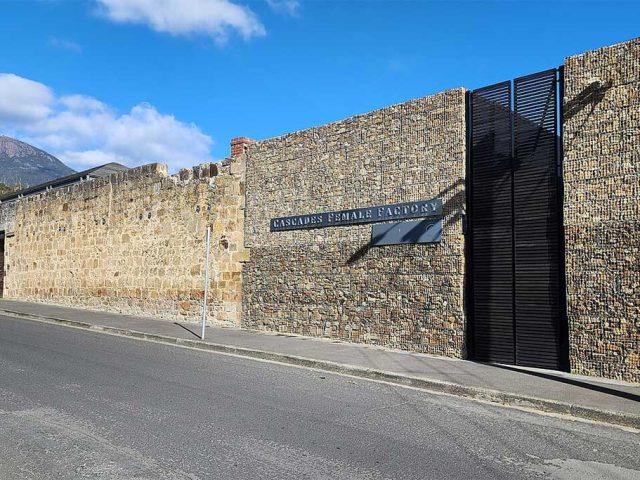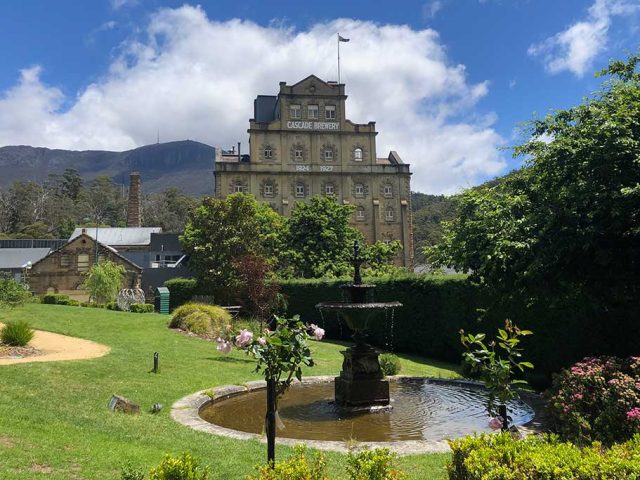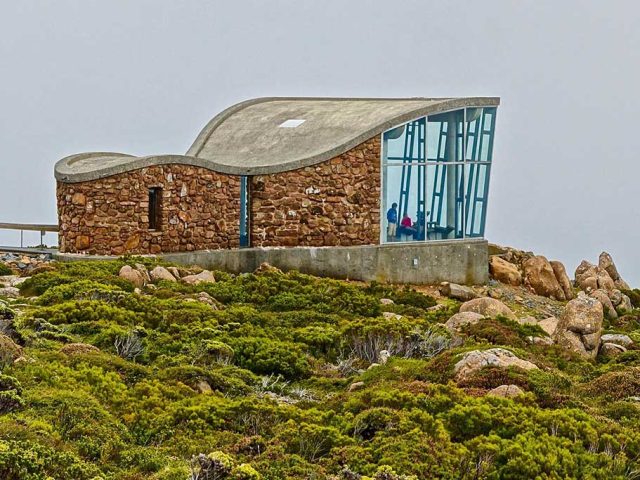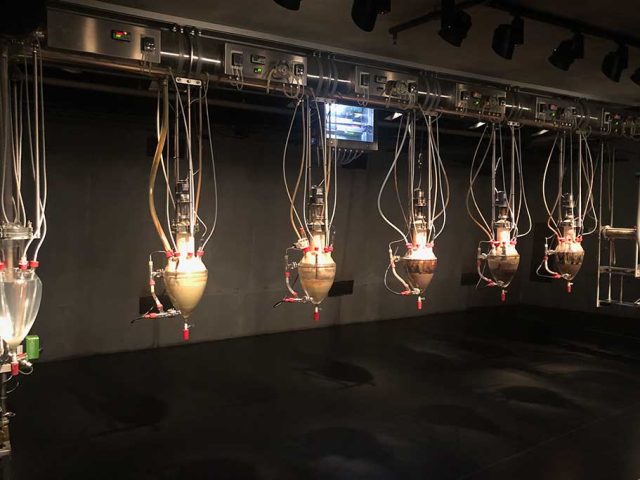Port Arthur Historic Site
Unesco World Heritage Site
Port Arthur is a significant historical site documenting Australia’s colonial convict transportation era. Located on Tasmania’s Tasman Peninsula, around a 1½-hour drive from Hobart, the former penal settlement is now part of a Unesco World Heritage-listed site that offers visitors an insight into the nation’s colonial past. Its preserved ruins, museum exhibits and surrounding natural scenery provide a glimpse into life in 19th-century Australia.
Port Arthur was established in 1830 as a timber station and soon became a key penal settlement for Britain’s transported convicts. It housed reoffending convicts and those considered difficult to manage elsewhere. The site was known for its harsh discipline and innovative penal practices, which included psychological punishment.
The settlement included a range of facilities, such as a prison, a church and housing for free settlers. The Separate Prison System, introduced in the mid-19th century, enforced solitary confinement and silence as a method of control and rehabilitation. These practices reflect broader shifts in penal philosophy during the Victorian era.
Port Arthur also played a role in the lives of free settlers and military personnel, who lived alongside the convicts. The site was abandoned in 1877 but remains a potent symbol of Australia’s convict history. Its ruins and restored buildings now serve as an important cultural and educational resource.
What to see at Port Arthur
Visitors to Port Arthur can explore over 30 historic buildings, ruins and landscaped grounds.
The main prison building, originally a granary and flour mill, dominates the site. Though partially destroyed by fire in the 1890s, its structure remains an evocative reminder of the settlement’s past.
The Separate Prison is another highlight. Visitors can step inside its small, stark cells and learn about the silent system used to reform inmates. Close by, the restored Asylum offers exhibits on the history of mental health treatment at the settlement.
The Convict Church, built by inmates in the 1830s, stands as a reminder of the spiritual dimension of life at Port Arthur. It was never consecrated, reflecting its use by all denominations.
The Commandant’s House provides insights into the lives of the settlement’s administrators. With restored interiors and exhibits, it contrasts with the austere conditions endured by the convicts.
The Dockyard area reveals Port Arthur’s industrial side. Convicts built ships here, and remnants of the infrastructure remain. Informative displays help visitors understand the settlement’s role as a hub of skilled labour.
A short ferry ride from the main site takes visitors to the Isle of the Dead. This small island served as a cemetery for both convicts and free settlers. Guided tours (an optional cost, not included in the site admission ticket) provide detailed accounts of those buried there.
Another optional tour leads to Point Puer Boys’ Prison, which housed young offenders aged between 9 and 16. This was the first purpose-built juvenile reformatory in the British Empire.
Visiting Port Arthur
The site is around 90km from Hobart and most visitors either drive or take a tour, although you can also get here by public transport.
If you’re coming by public transport, there is only one bus per day in either direction, arriving at Port Arthur around the time the historic site is closing for the day and departing before it opens. This means that anyone travelling by public transport will need to spend at least two nights in Port Arthur village. Taking public transport also means that you miss out on the opportunity to make stops en route to see other points of interest along the Tasman Peninsula.
Tours of Port Arthur and the Tasman Peninsula departing from Hobart include:
We may earn a small commission if you book after clicking these links.
The site is open daily and while the entry fee is fairly pricey, there is a lot to see here and the admission fee includes entry for two consecutive days plus complimentary talks at key locations and a 20-minute harbour cruise.
There are also several additional tours that give you a deeper insight into the site’s history. These include the 45-minute Essentials Tour and the 90-minute Premium Tour as well as the Isle of the Dead Cemetery Tour and the popular Ghost Tour.
The Isle of the Dead Cemetery Tour is an add-on excursion to the harbour cruise that is included in the site entry free. It provides a deeper understanding of the lives of some of the 1,000 people who are buried on the cemetery island in Port Arthur’s harbour. Note that there is no shelter on the island so you’ll need to come prepared for the weather.
The 90-minute Ghost Tour takes place at night, after the site has closed to the public. These lantern-led tours bring to life stories of paranormal activity and stories of ghosts of those who have died at Port Arthur. These Ghost Tours are popular with those spending the night at Port Arthur.
Visitor facilities include a restaurant and several cafes and there are also several places to eat just outside the site’s grounds.
Port Arthur is a major attraction and it is worth allowing a full day to see it properly, particularly if you’re paying extra for some of the additional tours.
Book your tickets to the Port Arthur Historic Site
Save time by pre-booking your entry tickets the Port Arthur Historic Site.
We may earn a small commission if you buy your tickets after clicking this link.
Port Arthur Historic Site, Arthur Highway, Port Arthur TAS 7182
Bus 734 (stop: Port Arthur General Store)
Website portarthur.org.au
Admission $48, concession $38, children $23
Open 9am–5pm daily
Essentials Tour $10, children $5 departs 9.30am, 10.30am, noon, 2pm, 3.45pm daily
Premium Tour $30, children $15 departs 12.30pm daily
Isle of the Dead Cemetery Tour $30, children $15 departs 12.30pm, 1pm, 3pm daily
Ghost Tour $35, children $18 departs Jan–Mar 7pm, 8.30pm and 9pm daily; Apr–Sep 6pm and 8pm daily; Oct–Dec 7pm, 8.30pm and 9pm daily


